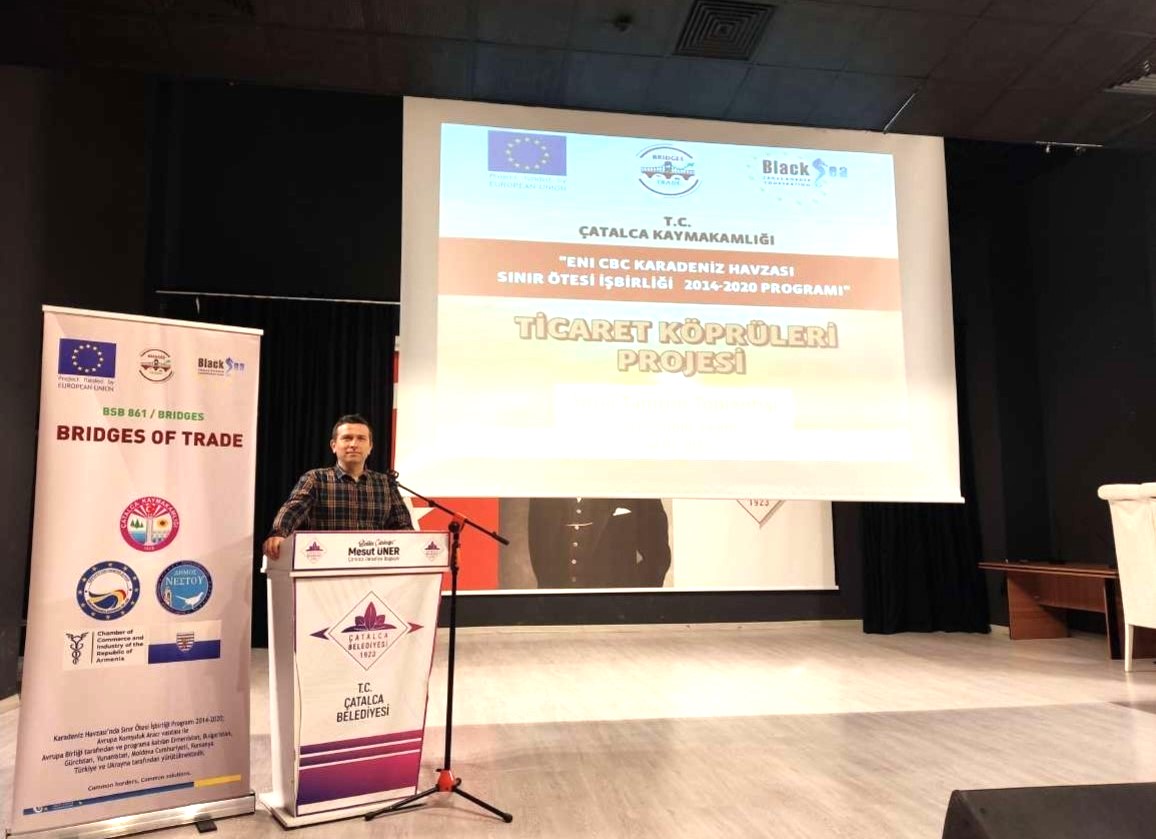European Cross-Border Cooperation
European Cross-Border Cooperation, known as Interreg A, is one of three strands around which is build European Territorial Cooperation (Interreg). It supports cooperation between NUTS III regions from at least two different Member States lying directly on the borders or adjacent to them.

37.5% of the EU population lives in border areas, along some 38 internal borders made up of geographic, linguistic barriers often bearing the scars of European wars. First developed as a Community initiative in 1990, Interreg was reorganized as a formal “objective” of European Cohesion Policy in 2000. The overarching objective of Interreg is to promote a harmonious economic, social and territorial development of the Union as a whole.
Interreg A aims to tackle common challenges identified jointly in
the border regions and to exploit the untapped growth potential in border
areas, while enhancing the cooperation process for the purpose of the overall
harmonious development of the EU.






